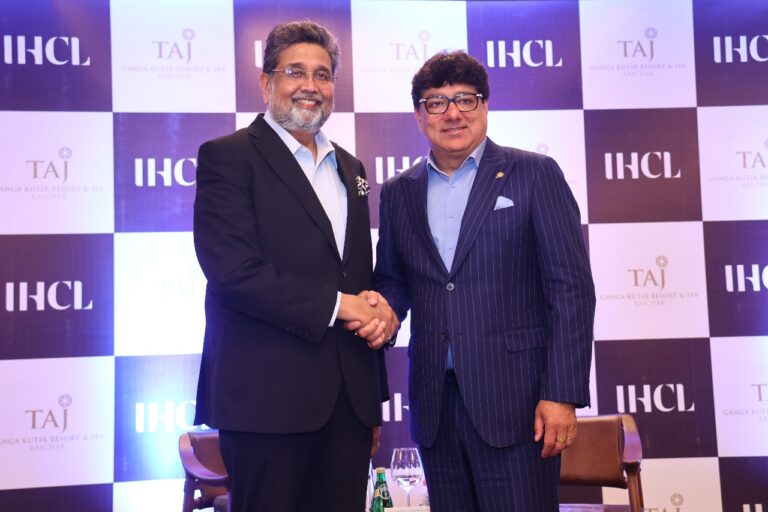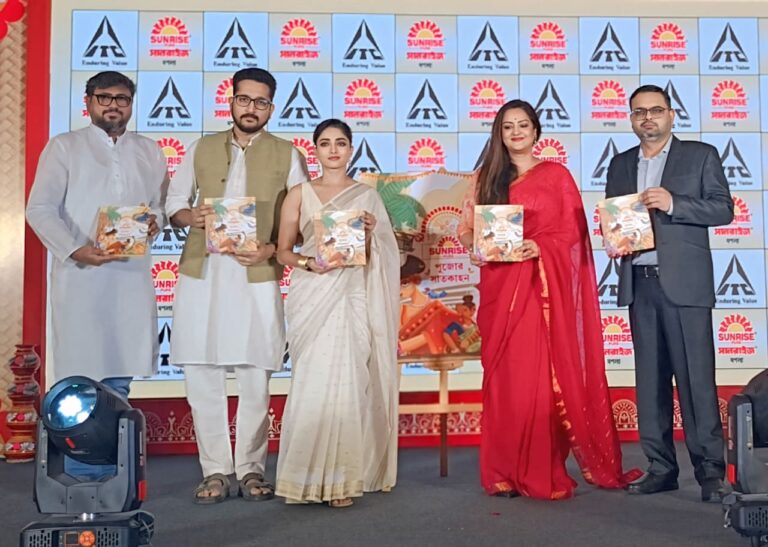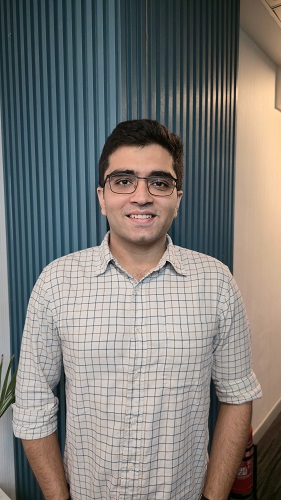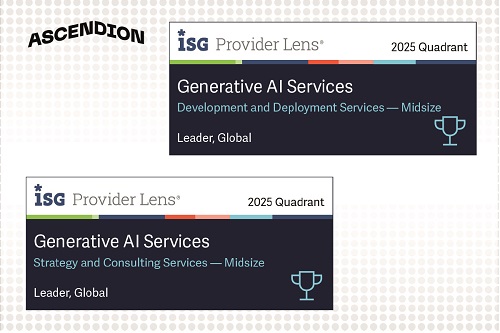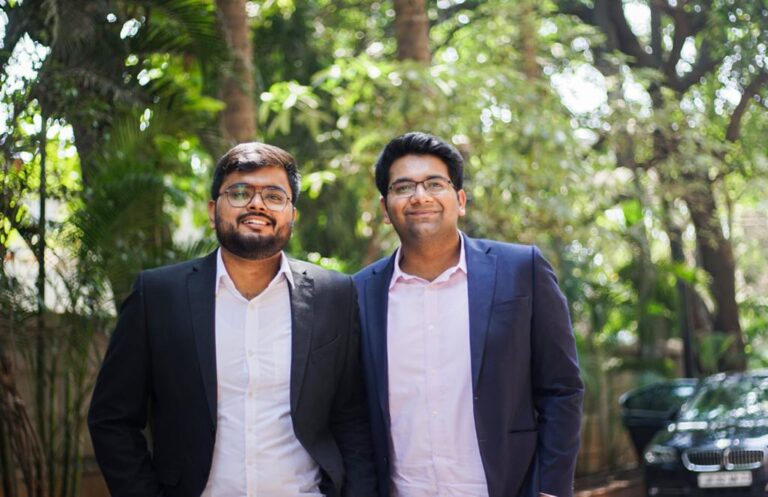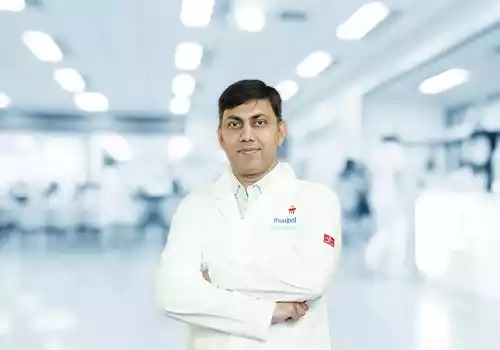
: A 69-year-old woman from Tollygunge, Sunita Roy (name changed), recently underwent a successful leadless pacemaker implantation at Manipal Hospital, Mukundapur, a unit of the prestigious Manipal Hospitals Group, one of India’s foremost healthcare networks. Sunita Roy had been experiencing recurrent episodes of syncope (fainting), which significantly affected her daily life. Under the expert care and supervision of Dr. Soumya Patra, Consultant and Incharge – Cardiology, the procedure was performed successfully and marks a significant advancement over conventional pacemakers by eliminating the need for leads and surgical pockets. This minimally invasive approach ensured quicker recovery, reduced risk of infection, and provided the patient with a safer and more comfortable solution for long-term cardiac rhythm management.
Her situation was especially complicated, as she had severe pancytopenia (a deficiency of all blood cell types) caused by liver cirrhosis and hypersplenism (overactive and enlarged spleen that destroys blood cells). She was therefore a high-risk patient for standard pacemaker implantation. Additional cardiac investigation detected sick sinus syndrome, an irregular heart rhythm that causes slow or abnormally irregular heartbeats, which requires permanent pacing assistance. Considering her sensitive health condition and pancytopenia (lack of all blood cells), Dr. Soumya Patra suggested a leadless pacemaker, a pacemaker that is minimally invasive and directly enters the heart without surgical leads or a chest pocket.
Sharing the details of her condition and the procedure, Dr. Soumya Patra, Consultant and Incharge – Cardiology, Manipal Hospital, Mukundapur, added, “This was a difficult case since the patient had severe pancytopenia, which raised the risk of bleeding and other issues to a great extent. Under such circumstances, a traditional pacemaker would have been risky. The sutureless, minimally invasive leadless pacemaker provided a much safer and more patient-friendly option. What is most impressive is that not only is this technology reducing procedural hazards but also improving recovery and comfort for the patient. It is most rewarding to note how such cutting-edge cardiac technology can really make a difference, particularly for patients with complicated medical conditions. The procedure was uneventful, and the patient was discharged the very next day without any issue, which goes to prove the safety and efficacy of this game-changing approach.”
Mrs. Sunita Roy (changed name) shared, “I had been fainting often for quite a while. When I went to Manipal Hospital, Mukundapur, the doctors examined my condition and told my family and me that I would have to get a pacemaker. In view of the complications I had, they advised a leadless pacemaker as the safest course. The doctors kept me informed at all times and helped dispel all my fears.”. I am really thankful to all the staff at Manipal Hospital for offering me a second chance in life. I could go home the very next day, feeling fit and relieved.”
This case highlights Manipal Hospital, Mukundapur’s commitment to adopting the latest developments in medicine to provide safer, patient-centric cardiac care, even under difficult and high-risk conditions.

